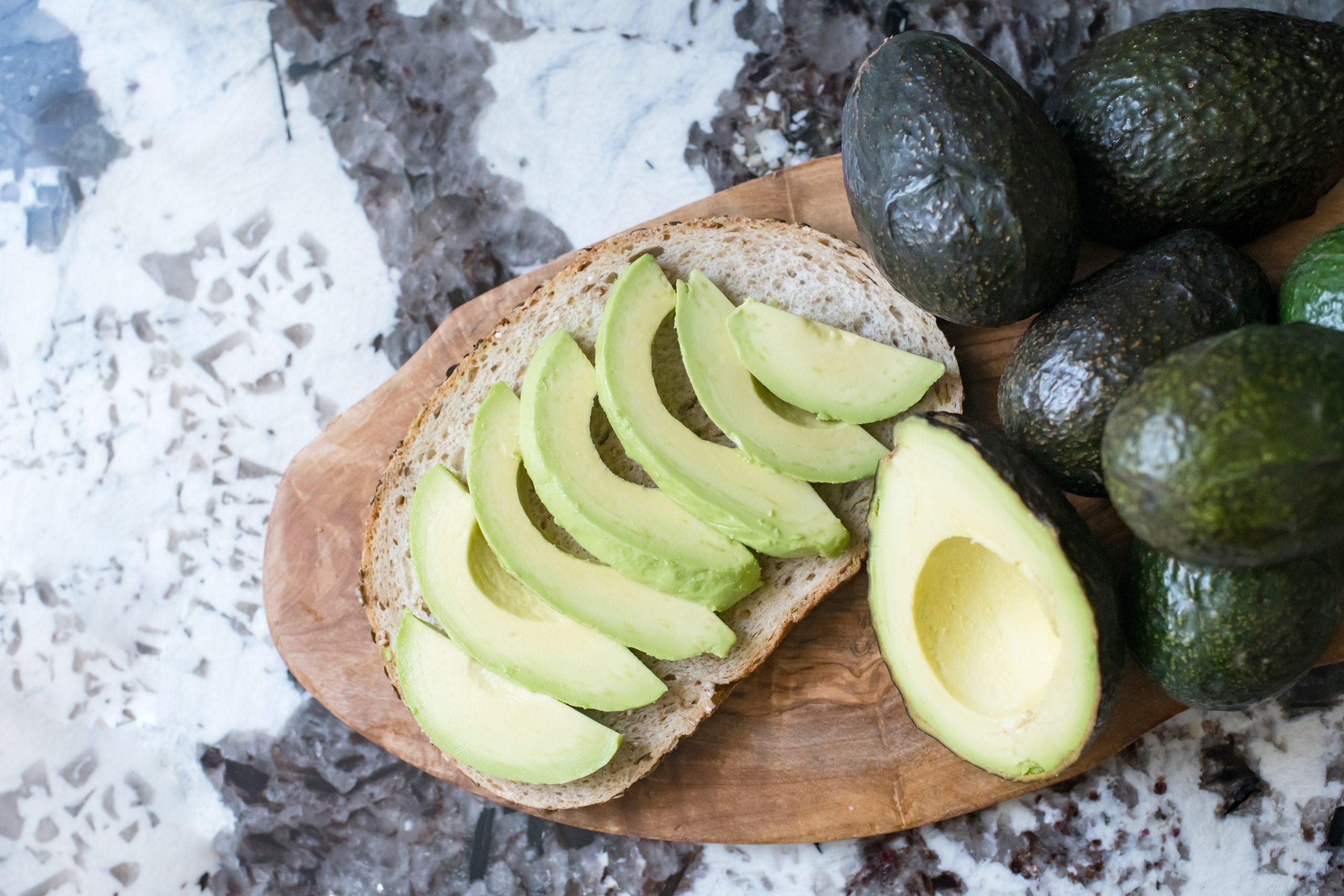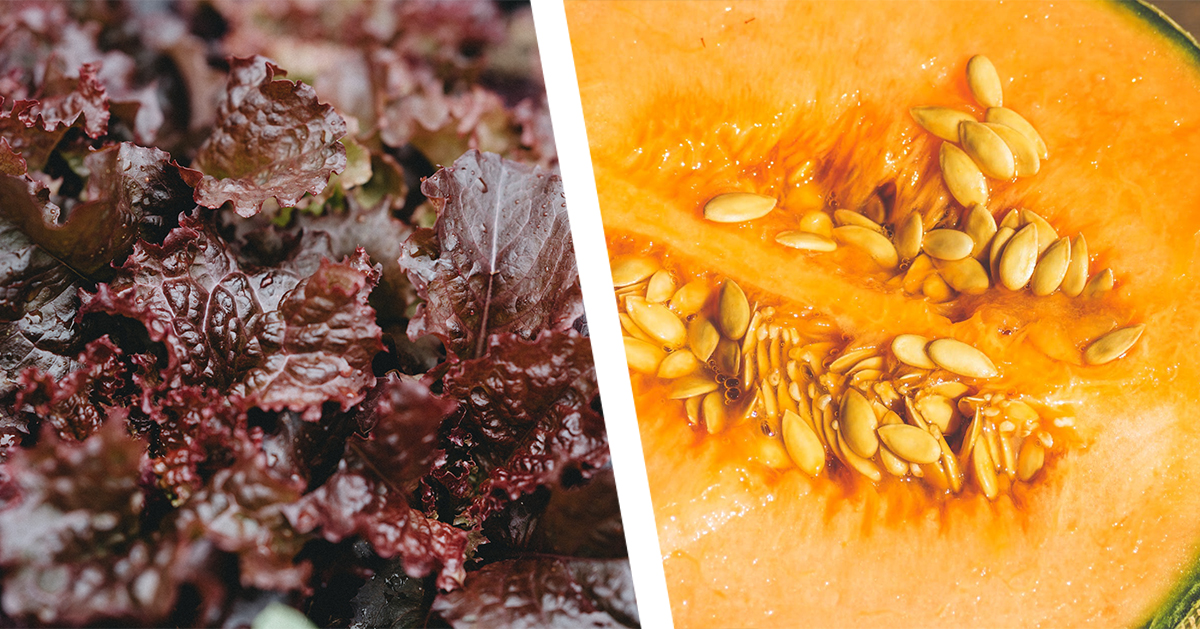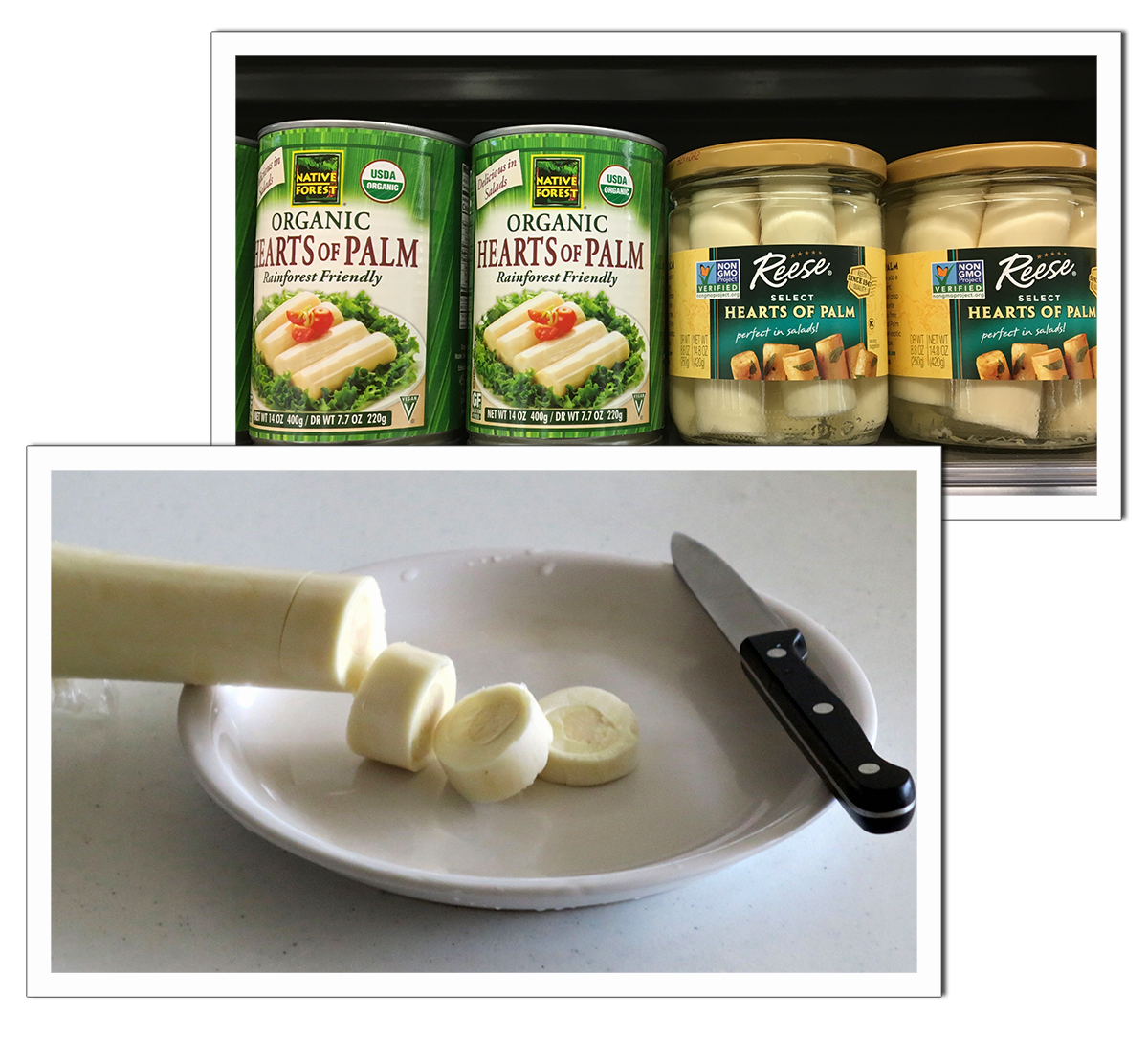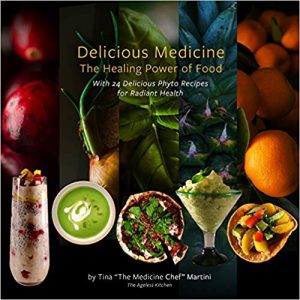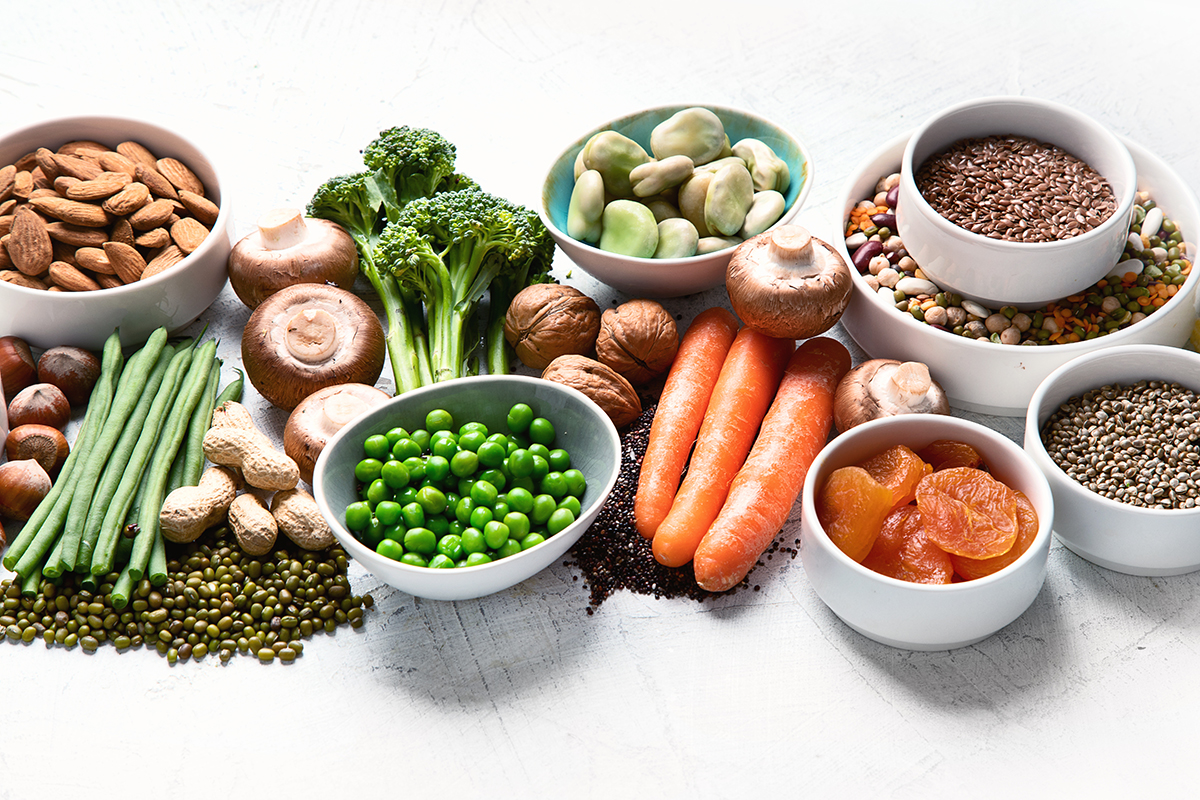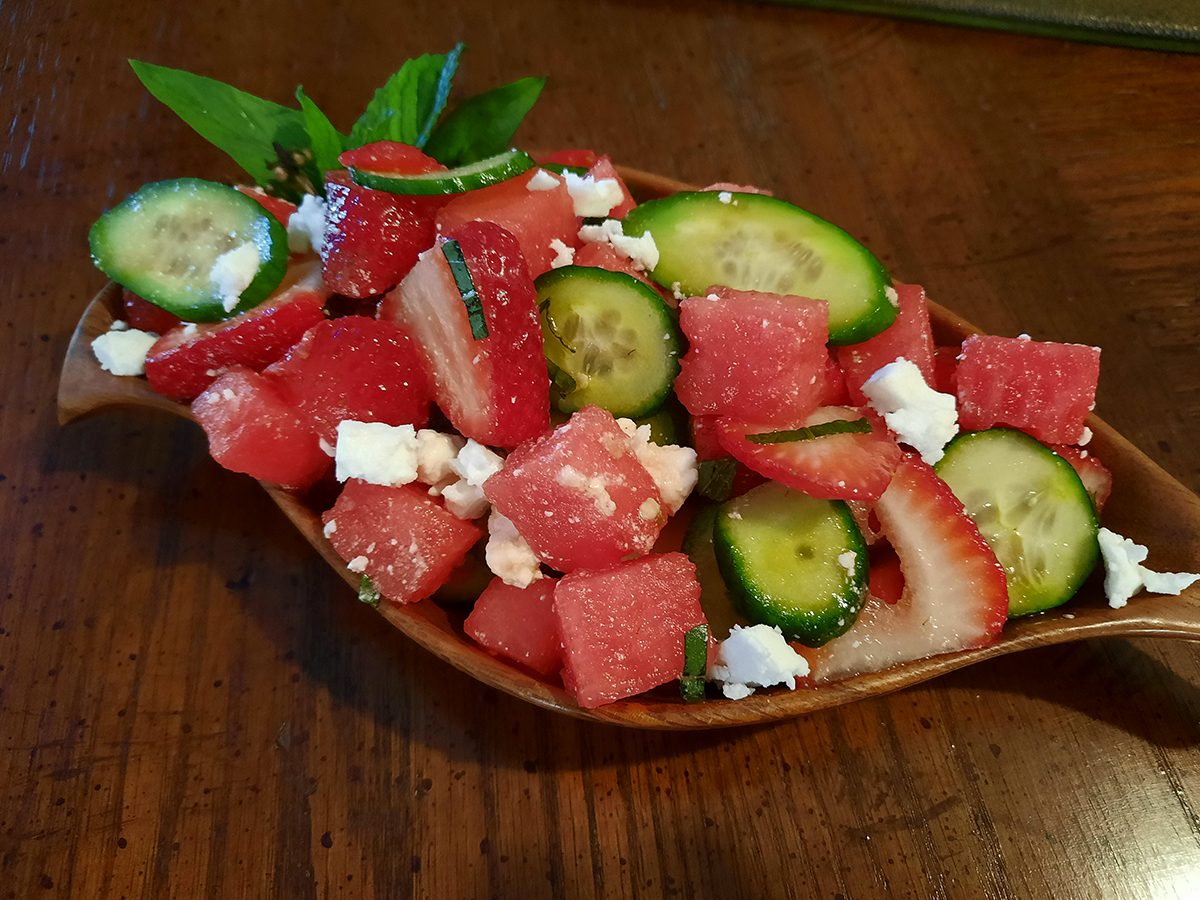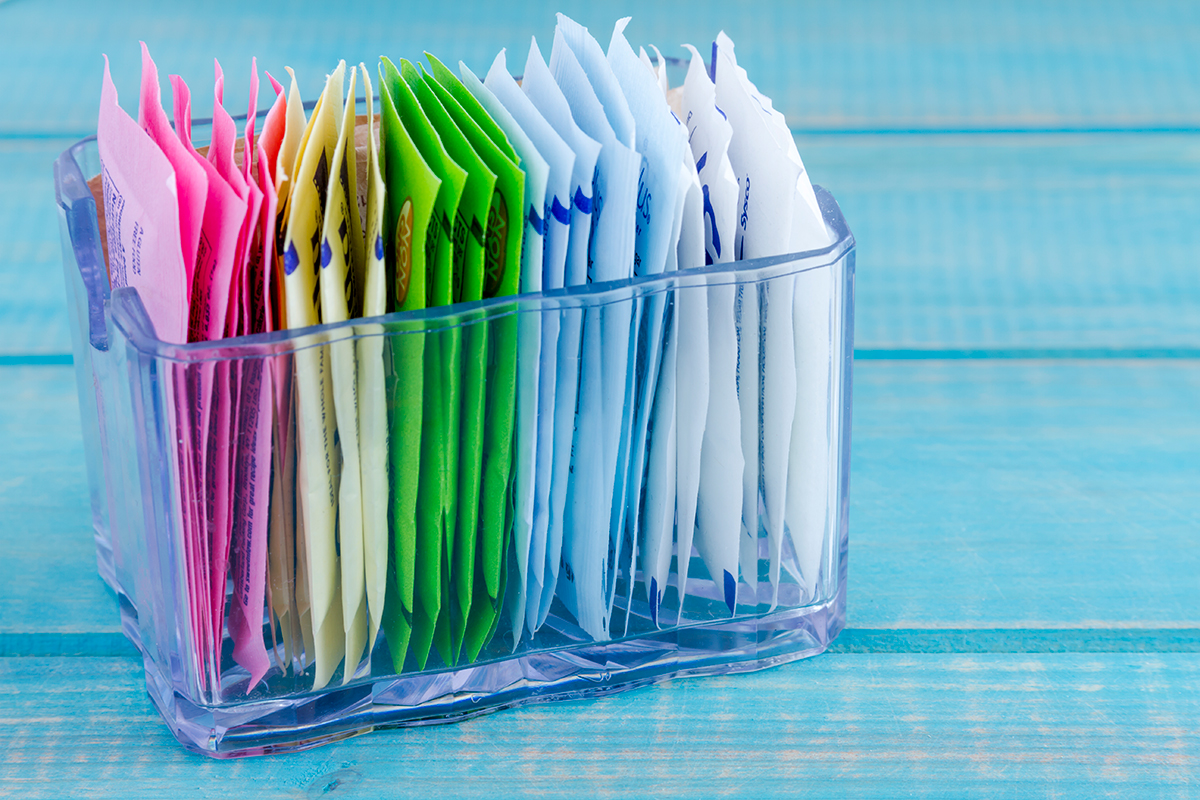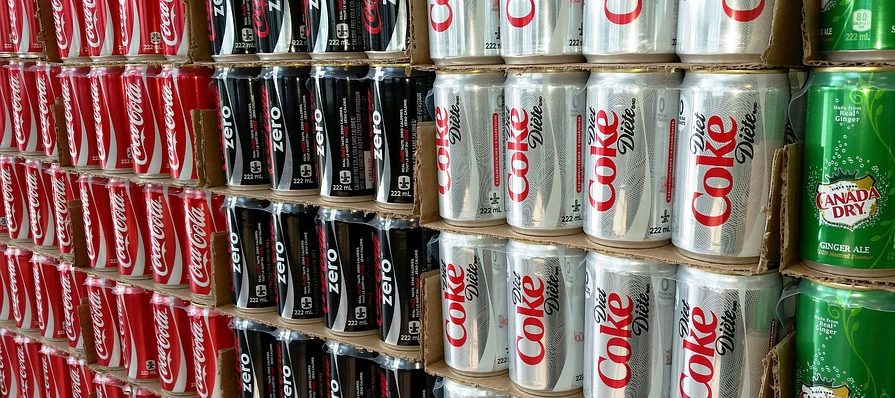Try These 5 Snacks to Lower Your Cholesterol
High cholesterol levels can dramatically increase your risk of heart disease. In particular, low density lipoprotein (LDL) cholesterol is the bad kind of cholesterol, and it’s the kind you most certainly do not want floating around in your bloodstream.
The good news is that, by sticking to the right diet, you can reduce LDL cholesterol levels in your blood and keep them at healthy quantities. You should make sure to eat only foods with lots of healthy fat and fiber, such as fruits, vegetables, seeds, nuts, whole grains, legumes (for plant protein), and lean meats like fish and chicken. Just increasing your fiber intake can reduce your cholesterol levels by 10% or more.
If you already have high cholesterol levels, it’s important that you don’t aggravate the problem by taking even more saturated fats in your diet. Try to reduce quantities of dairy and meat in your diet, keeping them at no more than 5% of your daily caloric intake. For someone who consumes 2,000 calories a day, that’s no more than 11 grams.
You should also be careful about which snacks you consume. Many snacks are highly processed, which means they’ll contain high amounts of fat. Try to stick to healthy snack options that are packed with healthy fat and fiber.
In this article, we’ll help you do just that by recommending 5 super snack foods that will keep your cholesterol levels as low as they need to be. They are all homemade, so it’s stuff you can get when doing your regular grocery shopping. They’re also quite easy to prepare and flexible enough that you can use them as inspiration for your own recipes. Each of the snacks below is packed with healthy unsaturated fats, plenty of fiber, and consists of whole grains, vegetables, or fruits. They also have very little LDL cholesterol.
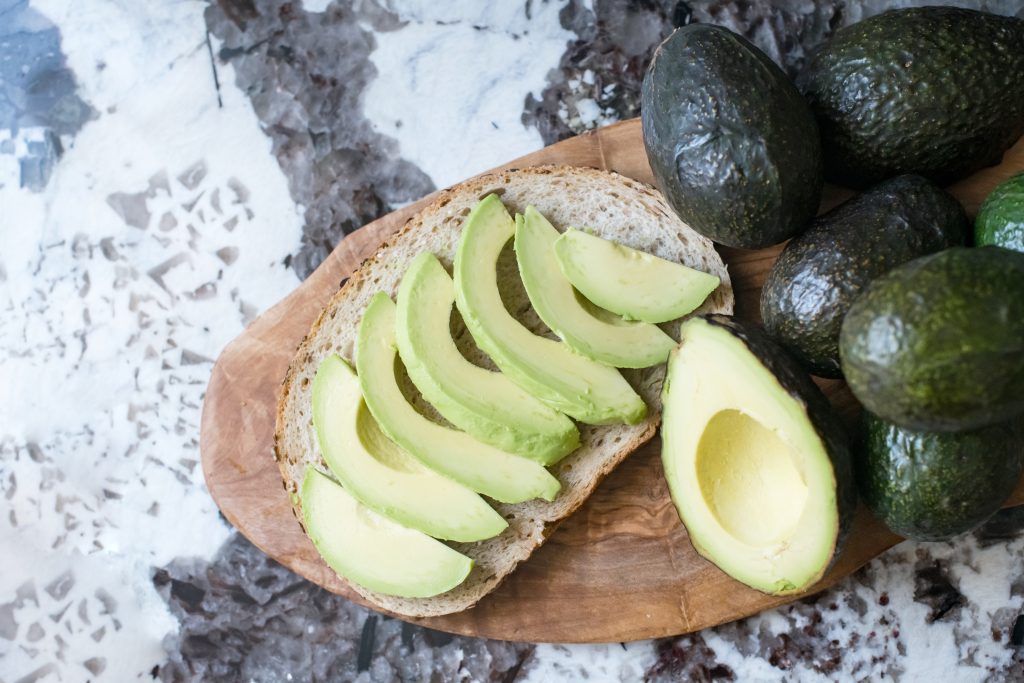
Avocado on Toast
Avocado is a popular fruit well known for its high amounts of healthy unsaturated fats. It has also been shown to drastically lower the amount of unhealthy LDL cholesterol in the body. Taking just half an avocado will provide up to 5 grams of fiber, more than enough to meet your daily requirements. If you take it with some whole-grain toast you can get even more fiber from the mix.
Making avocado toast is very easy. Simply toast a slice or two of whole-grain bread, peel and slice an avocado up thinly and top the bread with it. If you’d like to add some flavor, sprinkle some herbs and maybe a bit of lemon juice.
Tuna Wraps
Tuna is a very nutritious food, with plenty of omega-3 fatty acids. Omega-3 is a healthy unsaturated fat that drastically lowers bad cholesterol levels in the blood. It also tastes really good if you’re into fish!
To make some tuna wraps, start by making a tuna salad. Get a can of tuna and mix it with your favorite vegetables, such as celery, onion, or something else. Don’t forget to pour some olive oil into the mix too.
For the wrap, you can also get nori, a type of seaweed that comes in thin, edible sheets. Wrap the tuna in the nori and eat to your heart’s content! Alternatively, if seaweed isn’t your thing, you can get lettuce leaves to make tuna sandwiches.
Curried Salmon Salad Celery Boats
While we’re still on the topic of fish, salmon is yet another fantastic option. It is a delicious food and also a rich source of omega-3 fatty acids. Also, just like tuna, it can be used to make nutritious and delicious snacks.
To make salmon salad, get a can of salmon and oil-based mayonnaise. Mix the two together, and throw in some chopped grapes, curry powder, honey, and cashews. Next, take some of your delicious salad and place it on a few celery sticks to make a simple snack for your taste buds and health.
Guacamole
Let’s take a quick moment to revisit the glorious avocado with this simple yet delicious and nutritious snack. Guacamole is simply a fancy name for avocado salad. You can make it by getting a ripe avocado and mixing half of it with a diced tomato, a chopped onion, some minced garlic, and some lime juice to give that extra zing. To give the guacamole even more character, you can mix it with slices of your favorite vegetables, such as asparagus, bell peppers, and carrots.
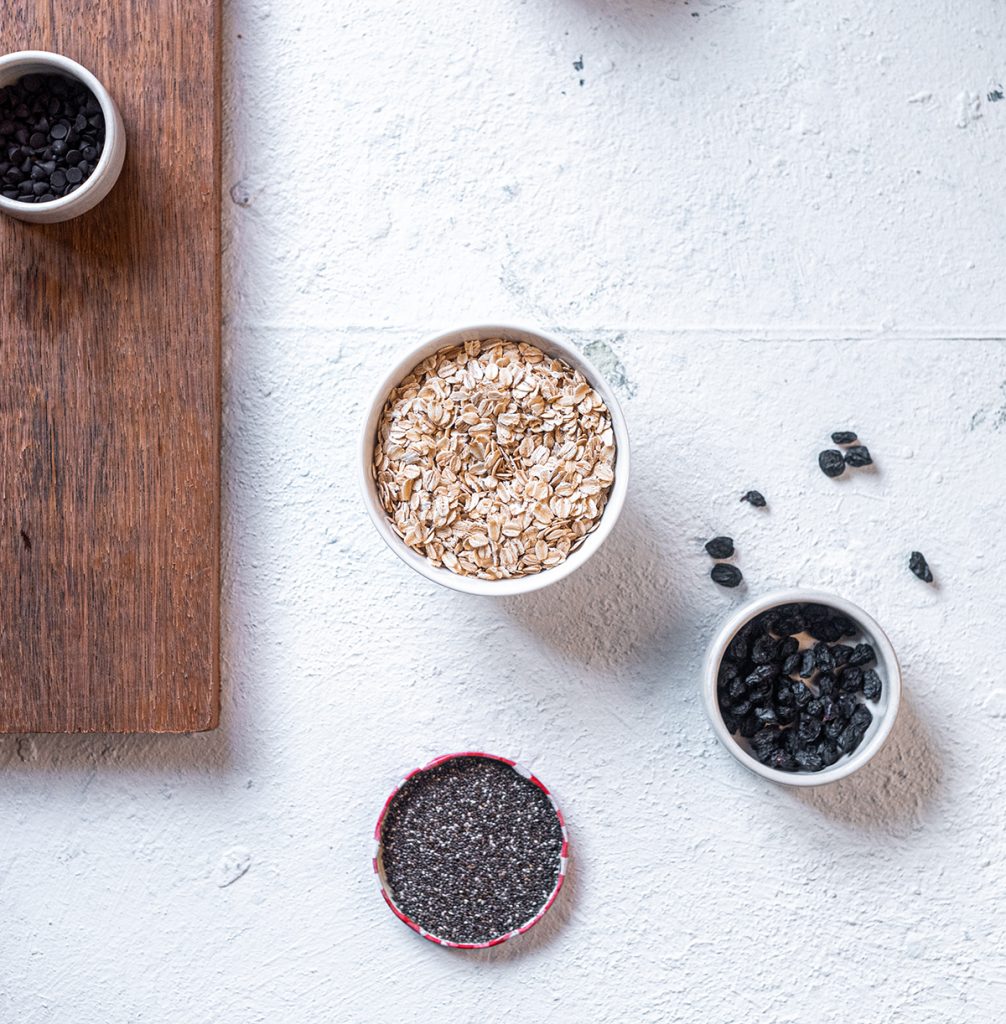
Oatmeal
If you want a snack that gives you plenty of energy, oatmeal bites are yet another great option. Not only are they very low in bad cholesterol, but they are also a rich source of protein. You can make your own high-protein snack using rolled oats, ground flax seeds, chia seeds, nut butter, dried fruit, honey, and some dark chocolate.
Mix the ingredients into a thick paste that you can easily mold, and then scoop some portions and roll them into balls. Throw them in the fridge for long term storage, taking them out whenever you’re going out and need some energy!
Jessica Chapman is a college paper writer and editor at BrillAssignment. She also writes best assignment writing service UK reviews. She is into sports and politics and enjoys traveling.

